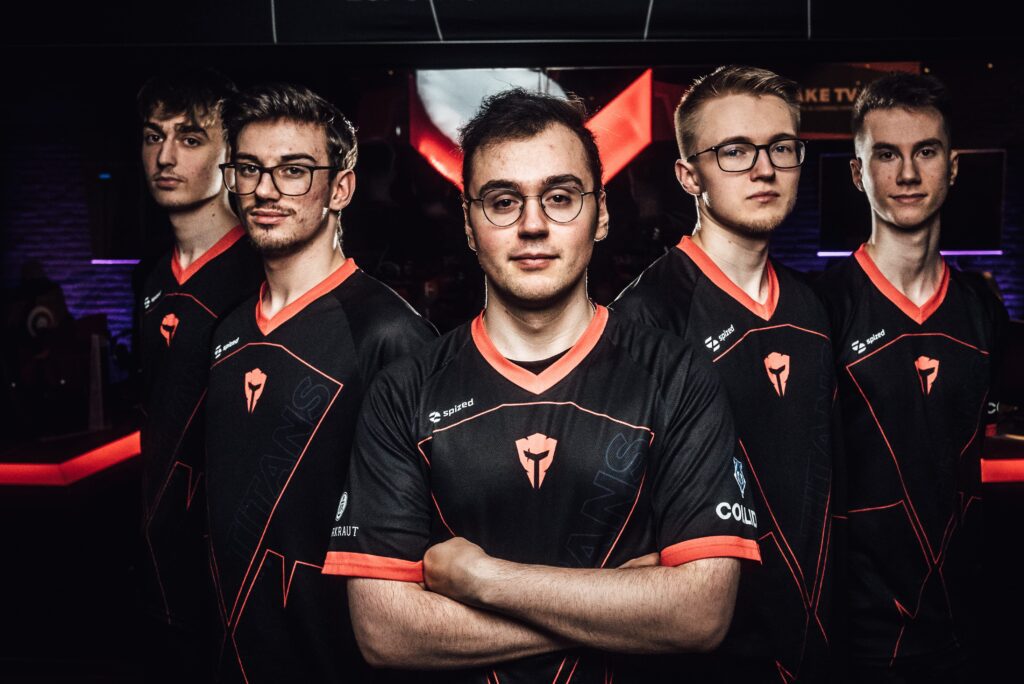Esports prize money has grown significantly in recent years, attracting top-tier talent and global attention. The evolution of prize money can be traced back to the early days of video gaming, with modest cash rewards in the beginning. However, the introduction of games like “League of Legends” and “Dota 2” revolutionized the esports landscape, offering substantial prize pools and sparking unprecedented growth in the industry. Factors such as increasing popularity, community crowdfunding, sponsorships, and investment from traditional sports entities have contributed to the continuous rise in prize money. The future of esports prize money seems promising, but sustaining fair distribution and a healthy ecosystem is vital for long-term success.
Evaluating Esports Prize Money: The Evolution and Growth of Payouts
Introduction
Competitive gaming, also known as esports, has grown exponentially in recent years. Esports tournaments now offer significant prize pools, attracting top-tier talent and global attention. This article aims to evaluate the evolution and growth of esports prize money, exploring the factors that have contributed to the rise of these substantial payouts.
The Origins
Esports has its roots in the early days of video gaming, where players competed against each other for high scores or bragging rights. The first organized esports events often had modest prize pools, with cash rewards not yet as prominent as they are today.
One of the earliest esports tournaments with a notable prize pool was the Red Annihilation tournament in 1997, held for the first-person shooter game “Quake.” The event offered a $10,000 cash prize to the winner, setting a benchmark for future competitions.
Breaking Ground: The Rise of Esports Prize Money
As technology advanced, so did the popularity of esports. Games like “StarCraft” and “Counter-Strike” gained massive followings, leading to tournaments with more substantial prize money. In 2005, the World Cyber Games awarded a total of $400,000 in cash prizes, signaling a significant leap forward in esports payouts.
However, it was the introduction of the multiplayer online battle arena (MOBA) game “League of Legends” that truly revolutionized the esports prize money landscape. The game’s developer, Riot Games, established the League of Legends World Championship in 2011, offering a substantial $1 million prize pool. This event set a new standard for esports tournaments and sparked unprecedented growth in the industry.
Explosive Growth: The Million-Dollar Era
The success of the League of Legends World Championship spurred other game developers to ramp up their prize pools. Valve Corporation took the lead by launching The International in 2011, an esports tournament for their popular game “Dota 2.” The tournament featured a staggering $1.6 million prize pool in its inaugural year, which was largely crowdfunded by the game’s passionate fanbase.
Since then, The International has consistently broken records as the tournament with the highest prize pool in esports history. In 2019, the event offered a jaw-dropping $34.33 million in prize money, largely attributed to community crowdfunding and contributions from Valve Corporation.
Other games like “Fortnite,” “PlayerUnknown’s Battlegrounds” (PUBG), and “Overwatch” have also embraced the trend, organizing massive esports events with multi-million-dollar prize pools. These developments have propelled esports into the mainstream and attracted attention from traditional sports investors.
Factors Influencing Prize Money Growth
Several factors have fueled the growth of esports prize money over the years:
- Increasing Popularity: As esports gained a larger fanbase and international recognition, game developers and sponsors saw the potential for larger prize pools to attract top talent and generate excitement among viewers.
- Community Crowdfunding: Games like “Dota 2” have leveraged their dedicated communities to crowdfund significant portions of prize money, creating a sense of ownership and involvement among fans.
- Sponsorships and Media Rights: Mainstream companies and media outlets have recognized the profitability of esports, leading to sponsorships and broadcasting rights deals that funnel more money into these tournaments.
- Investment from Traditional Sports Entities: Recognizing the swelling popularity of esports, traditional sports organizations and athletes have started investing in teams and tournaments, further boosting prize money.
The Future of Esports Prize Money
The upward trajectory of esports prize money shows no signs of slowing down. With increasing investment, evolving technologies, and an ever-expanding fanbase, it is likely that esports payouts will continue to grow.
However, maintaining sustainable growth is crucial. Ensuring fair distribution of prize money and a healthy ecosystem for all stakeholders, including players, organizers, and fans, is vital for the longevity of esports as a thriving industry.
Conclusion
The evolution of esports prize money has brought competitive gaming to unprecedented heights. From modest beginnings to multi-million-dollar tournaments, the growth has been remarkable. The support from passionate communities, the involvement of major sponsors, and recognition from traditional sports entities all contribute to the continuous rise of esports payouts. The future looks promising as esports solidifies its position as a global phenomenon and an essential part of the entertainment industry.
